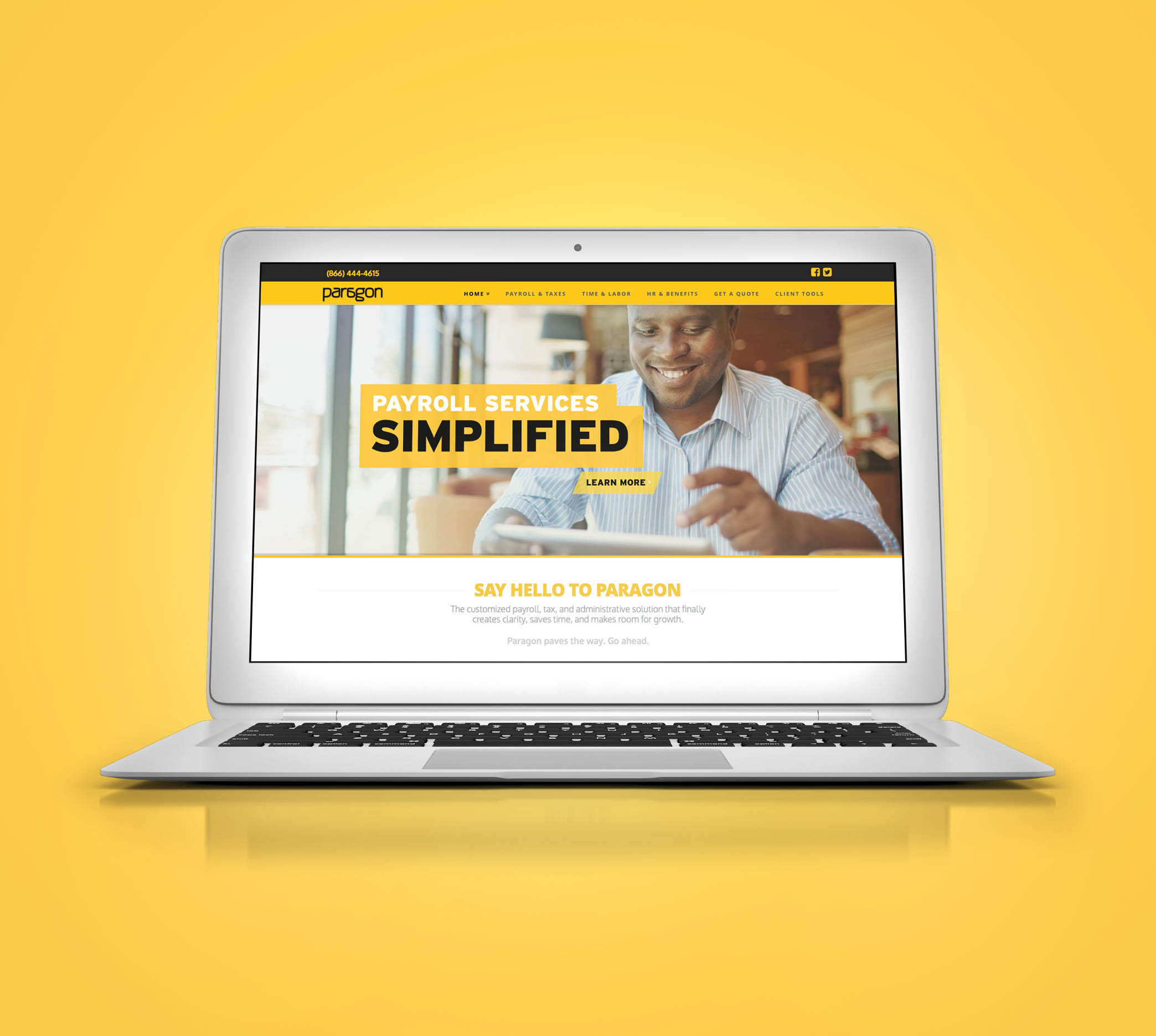
You wouldn’t offer to step into an unfamiliar, pitch-black room without a flashlight, would you? If you did, you’d probably spend the entire time grappling around for a light switch to shed some light on exactly where you are. Don’t let a similar situation happen when you begin designing efforts for a product or service before knowing who you’re marketing to. If you aren’t communicating effectively with your target audience, your work could be all for nothing. Perhaps potential clients will never realize that your product or service could work for them, or maybe they’ll never notice it even exists. That means there’s little hope for potential future growth either.
Don’t waste time, money, or energy. Step into the shoes of your intended audience members before designing, so you know who you’ll be designing for!
Know Your Audience
What do current clients enjoy or trust about your product or service? Why can’t they live without it? If you have a new product or service, beta testing can be the open channel to truly understanding what your intended audience needs and wants. In short, don’t live in a tiny bubble: survey these testers and/or current clients. Survey them thoroughly about your product or service, and listen whole-heartedly to their likes, dislikes, apprehensions, and desires for enhancement. Gender, age, location, and the keywords they may search for are important demographically, but dig for clues beyond basics so you’ll effectively be designing for your target audience:
- What interests do these people have?
- Why would they decide to use your product or service?
- What can your product or service honestly give to these desired clients?
If you understand your target audience, you’ll know exactly how to enhance the product or service, and keep the audience coming back for more with emotional connections you’ll be able build on later.
Now that you’ve created a profile of your target audience members, how do you reach them? Do they subscribe to blogs, online newspapers, streaming video services, traditional newspaper publications, podcasts, or local radio stations? Discovering what types of media they frequently read and listen to gives you an edge so your advertising dollars are worth every penny spent.
Use Design to Make Your Clients React
You now know your targeted audience members inside and out. You’ve looked at the product or service through their eyes and the branding strategy is starting to become clear. You know how to relate to this target audience, how to reach them, and you know how to make them react. Now you’re ready to start designing!
Remember that the fundamentals of design still apply when you’re designing for your target audience:
- Use visual hierarchy to design successfully for each design piece.
- Pay attention to placement of the design, using the areas viewers generally glance at first to house the more pertinent information.
- Typography: Do the fonts you’re choosing add recognition — and even personality — to your overall message?
- Make sure all information, typography, and design elements are legible across a variety of platforms: print, different browsers, operating systems, and mobile devices.
While you definitely need to entice viewers to appreciate your product or service’s branding from a design standpoint, you’ll need to figure out the importance of specifically designing for your target audience first. Shed some light on who you’re designing for first, and the design strategy will successfully fall into place.






